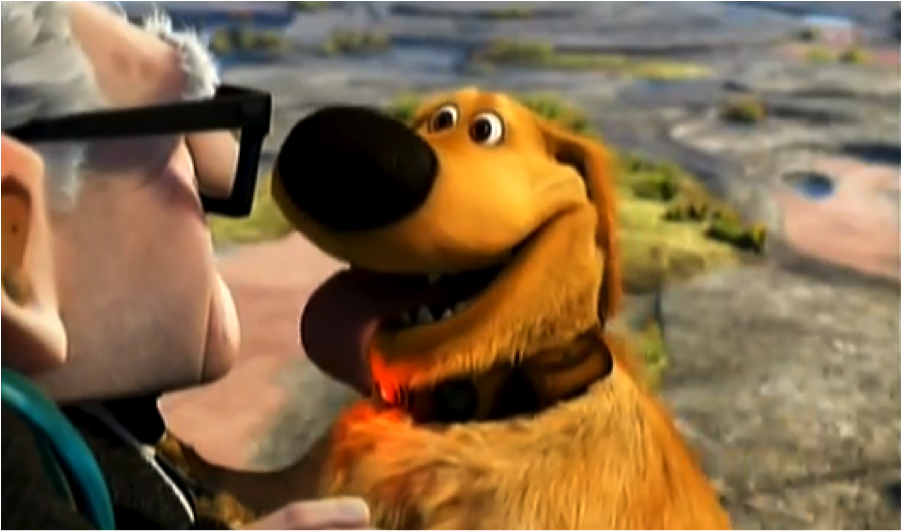November 12, 2013
When Julia asked me to start contributing advice on training and behavior here, I asked her what sort of things she thought her readers might be interested in learning about. She suggested, as two separate topics, dog-dog communication and dog-human communication.
I suggested melding the two, because just as we yammer at our dogs, using our words as though they understood every one, dogs are constantly trying to communicate with us in their own language.
Barking is one form of canine communication, and it turns out that most of us over the age of ten understand it surprisingly well, even if we don’t always know what to do when it annoys us. But in looking at the doggy equivalent of what we think of as “talking,” humans often miss what dogs are saying with the rest of their bodies.
At minimum, every dog owner should understand the body language of discomfort and fear. Most aggression arises out of fear, so seeing fear coming is key to preventing aggression.
When a dog is stressed, and cannot simply go away from something he wishes he could avoid, he’ll typically first display appeasement or displacement behaviors. These are behaviors that say “Give me space, time, or some combination of the two.” These can range from the obvious, like cowering, to the subtle, like tongue flicks and head turns (just like the one Dug does when Russell grabs his collar around 1:04 in the Up clip above). Some of them—including rolling over, yawning, sniffing, scratching, and sneezing—mean different things in different contexts and so are often missed or misinterpreted.
If a perceived threat or stressor persists—say, another dog continues to approach rudely, or the toddler continues to toddle toward the corner where the dog is trapped on his bed—a dog may escalate to conflict behaviors, which can include lifting a paw, showing the whites of the eyes, freezing, and hard staring. Dogs showing conflict behaviors are gearing up to fight or flee. Best to give them a way out if you don’t want a fight.
A dog who’s pressed past this threshold may give warnings—lip lifts, growls, and snaps—and then bite if he feels it’s necessary. Warnings may not be pleasant, but they’re certainly valuable. If you’re seeing them, heed them—don’t punish them, since when they don’t work, the dog is likely to escalate.
But many times, there’s no need for the dog to get to the warning stage. The best time to change something in your dog’s environment—redirect that toddler, say, or increase your distance slightly from that teenager in the Scream mask—is actually when you see those initial low-level signs of stress or fear.
Make your dog feel safe. Then make a note to work on improving his emotional associations with anything he needs to be OK with—other dogs, veterinary care, babies, joggers, and the like. This is a process for which you’ll probably want help from a qualified behavior professional. Don’t wait until your dog regularly feels the need to growl or snap at something to start. If he’s already growling and snapping, get help right away.
Happy dogs tend to be easier to spot—they’re soft-eyed and -eared, wiggly and loose, often with wide “smiles” and lolling tongues. They actively solicit attention and interaction. Here too, though, there are some misconceptions to be aware of. One of the biggest is that a wagging tail means a happy dog. In fact, the higher (in relation to a particular dog’s neutral tail position) and stiffer the wag, the higher the arousal level. And to determine the nature of that arousal, you need to evaluate the tail position in combination with other signals.
A good place to start educating yourself on dog body language is Doggone Safe, a nonprofit dedicated to dog-bite prevention. Check out their free tutorial, Learn to Speak Dog.
Of course, what we know about how dogs communicate is still probably only scratching the surface. In fact, just this week, the media went crazy over a new study examining how dogs responded differently when they watched other dogs wagging their tails to the left versus the right—a difference many humans need slow-motion video to discern. I have no doubt that there’s much even the experts are still missing when we watch our canine pals in real life and real time.
Have you noticed your dog offering any of the behaviors mentioned above? If so, under what circumstances?
Kiki Yablon, KPA CTP, offers training at Rover-Time through our Board & Learn service. You can contact her directly for private or group training via Dog Training by Kiki Yablon.


Recent Comments